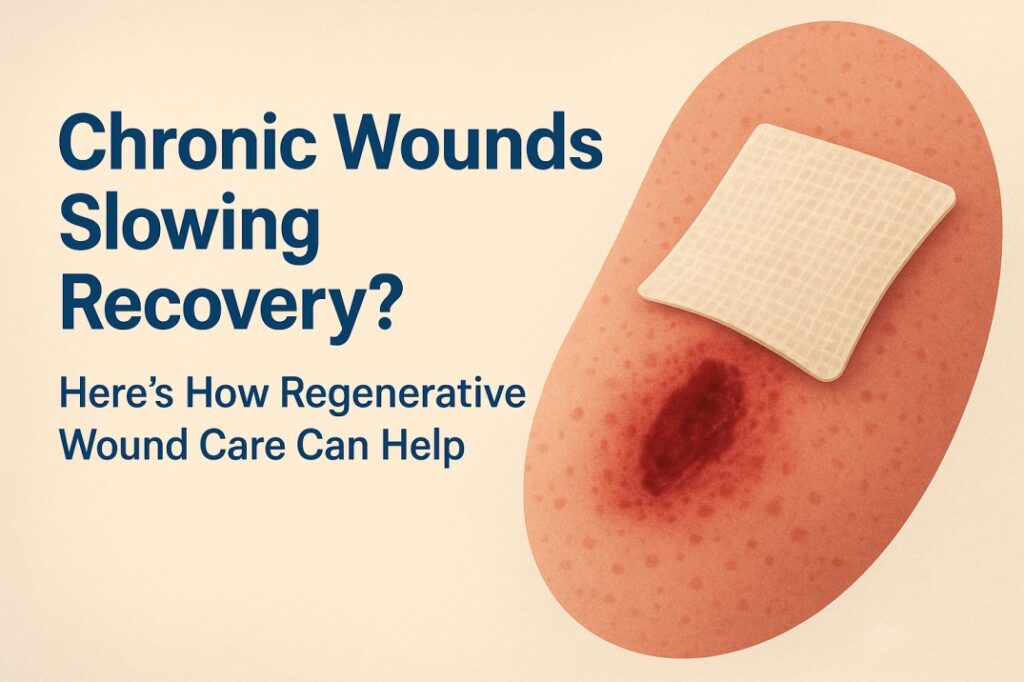Hair transplantation is a transformative procedure that helps restore hair and confidence for many people experiencing hair loss. However, the journey doesn’t end once the surgery is complete. Protecting your newly transplanted hair and preventing further hair loss afterward is crucial to maintaining long-term results and ensuring the fullest, healthiest hair possible.
In this guide, we’ll explore expert-approved strategies that can help you prevent hair loss after transplantation and keep your hair looking great for years to come.
Understanding Post-Transplant Hair Loss
It’s important to recognize that some shedding after hair transplantation,زراعة الشعر is normal and expected. This is known as “shock loss” — temporary shedding of transplanted or native hair caused by the trauma of surgery. Fortunately, this hair usually regrows within a few months.
However, preventing continued hair loss and protecting both transplanted and existing hair follicles is key to preserving the gains from your procedure.
1. Follow Your Surgeon’s Aftercare Instructions Carefully
Your hair transplant surgeon will provide detailed post-operative care instructions, which may include:
-
How to wash your hair gently to avoid damaging grafts
-
What activities to avoid (e.g., strenuous exercise, swimming, sun exposure)
-
Medications or topical treatments to apply
-
When to return for follow-up visits
Adhering strictly to these guidelines minimizes risks of infection, trauma, or irritation that can affect hair growth.
2. Use Medications and Topical Treatments Recommended by Your Doctor
Certain medications and topical solutions are proven to help reduce hair loss and promote hair growth. These include:
-
Minoxidil: A topical solution that stimulates hair follicles and improves blood flow.
-
Finasteride: An oral medication that blocks the hormone responsible for androgenetic hair loss.
-
Other prescribed treatments: Some clinics offer laser therapy or custom hair growth serums.
Using these as advised supports the health of both transplanted and native follicles, slowing or preventing further loss.
3. Maintain a Balanced, Nutrient-Rich Diet
Nutrition plays a significant role in hair health. After transplantation, ensure your diet includes:
-
Protein: Hair is primarily made of keratin, a protein, so adequate intake supports new hair growth.
-
Vitamins: Vitamins A, C, D, E, and B-complex vitamins, especially biotin, are vital for healthy hair follicles.
-
Minerals: Zinc, iron, and selenium aid in hair strength and prevent shedding.
Consider consulting a nutritionist for a tailored diet plan, or discuss supplements with your doctor.
4. Manage Stress Levels
Stress is a well-known trigger for hair loss conditions like telogen effluvium. After transplantation, it’s important to manage stress to avoid disrupting the hair growth cycle.
Practices such as meditation, yoga, regular exercise, and adequate sleep can improve your overall well-being and promote healthier hair.
5. Avoid Harsh Hair Care Products and Heat Styling
Post-transplant, your scalp may be more sensitive. Avoid harsh shampoos, dyes, or treatments that can irritate the scalp or damage fragile new hair.
Limit the use of heat styling tools like blow dryers, curling irons, and straighteners, as excessive heat weakens hair strands and may contribute to breakage.
6. Protect Your Scalp from Sun Exposure
UV rays can damage scalp skin and hair follicles. Wear a hat or use a scalp sunscreen when outdoors, especially in the first few months after transplantation.
7. Don’t Smoke and Limit Alcohol Consumption
Smoking restricts blood flow to the scalp and can impair healing after surgery. Alcohol in excess may also interfere with nutrient absorption and hydration, negatively affecting hair health.
Avoiding these substances supports better graft survival and promotes optimal hair growth.
8. Regular Follow-Up with Your Hair Restoration Specialist
Regular check-ins with your surgeon or dermatologist allow monitoring of your progress and early detection of any issues.
If you notice unusual shedding, redness, or discomfort, contacting your healthcare provider promptly ensures timely intervention.
9. Consider Maintenance Treatments
In addition to medications, some patients benefit from maintenance treatments like:
-
Low-Level Laser Therapy (LLLT): Uses red light to stimulate hair follicles.
-
Platelet-Rich Plasma (PRP): Enhances healing and hair growth through growth factors.
-
Microneedling: Improves scalp circulation and encourages hair regrowth.
Discuss these options with your doctor to see which may be suitable for you.
10. Stay Patient and Positive
Hair transplantation and regrowth take time. Visible improvements usually start around 3 to 4 months post-surgery, with full results taking up to a year or more.
Maintaining a positive mindset and trusting the process help you stay motivated to follow healthy hair care habits.
Final Thoughts
Preventing hair loss after transplantation involves a combination of careful aftercare, medical treatments, lifestyle changes, and ongoing support from professionals. By adopting these expert-approved strategies, you can maximize the longevity of your transplanted hair, maintain a healthy scalp, and enjoy your renewed confidence.









